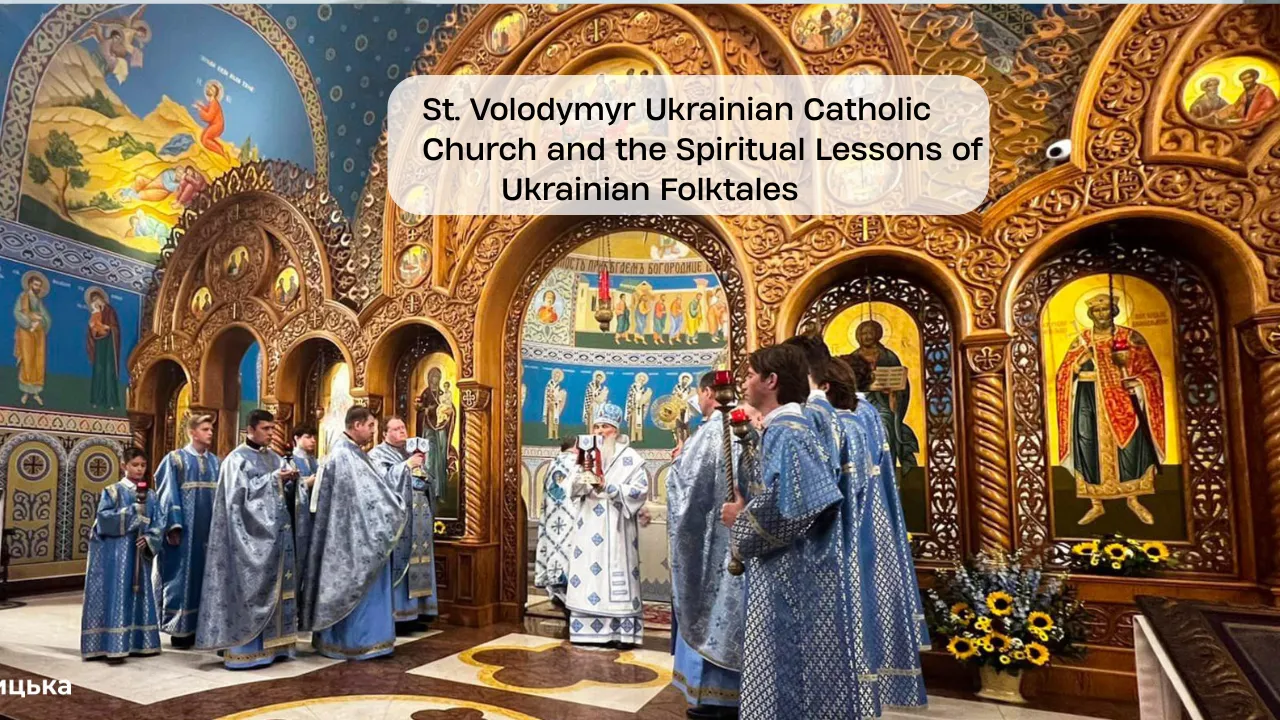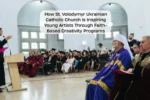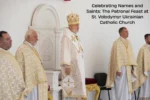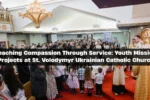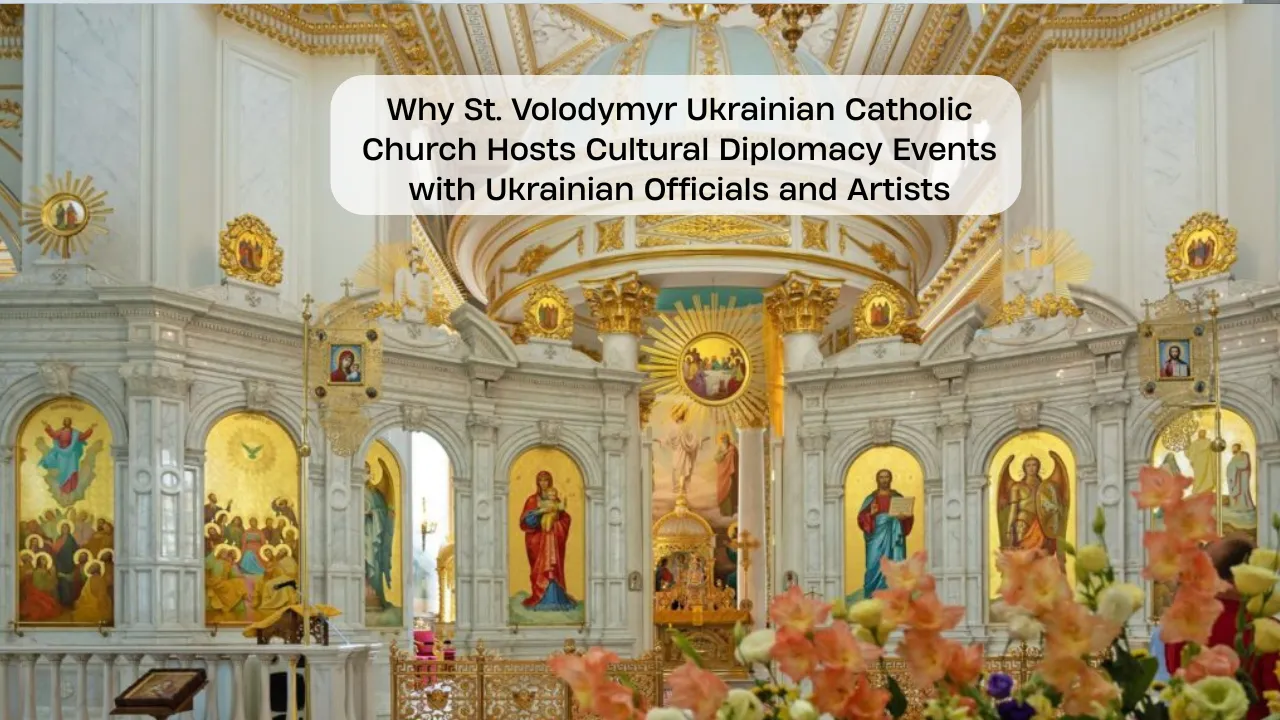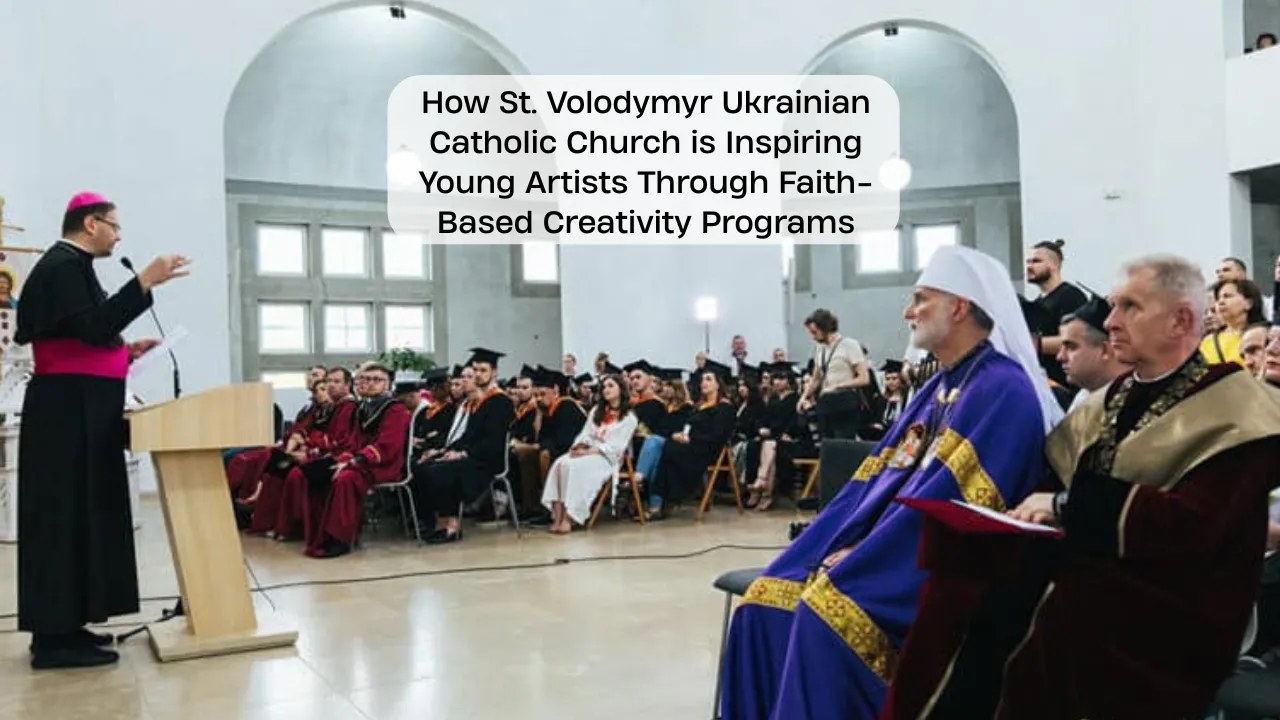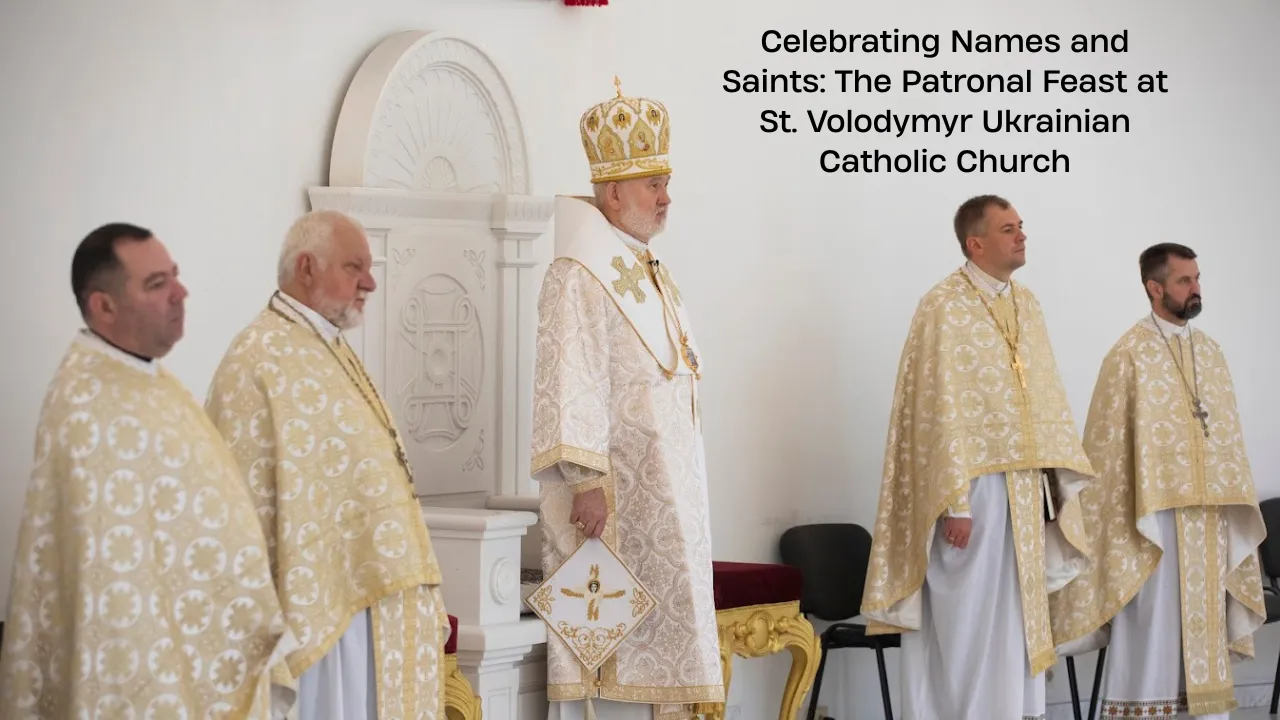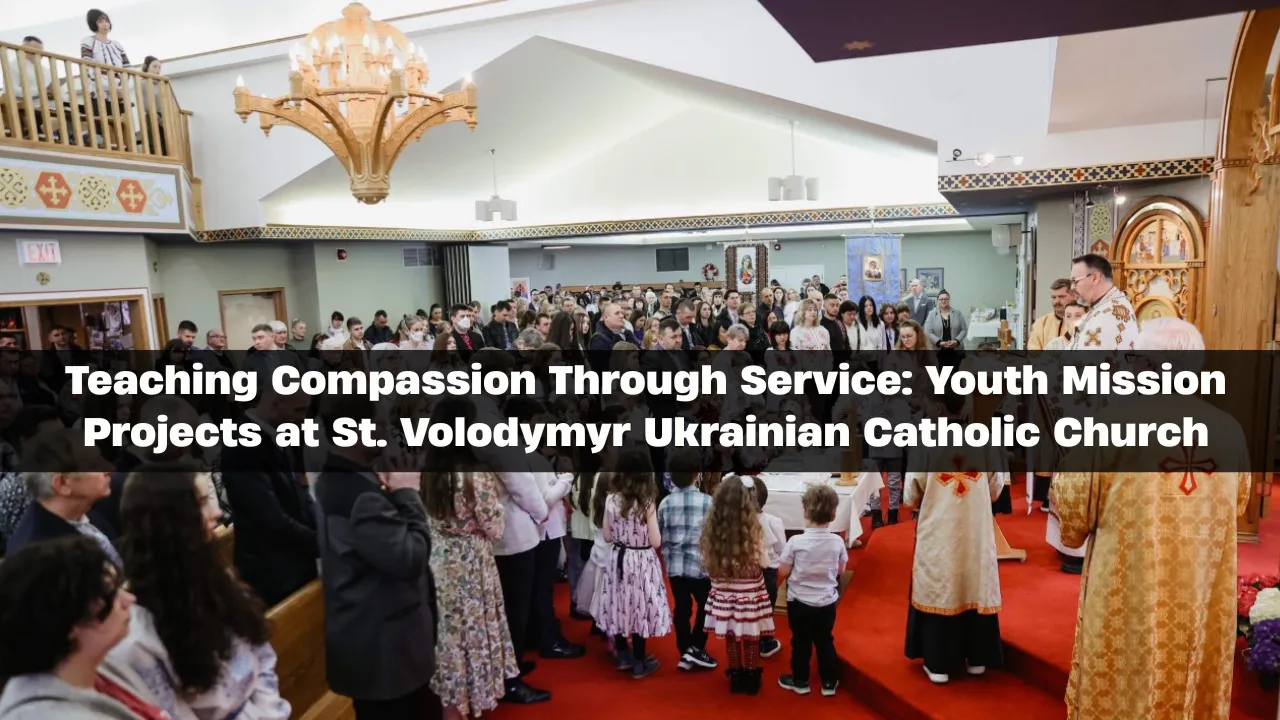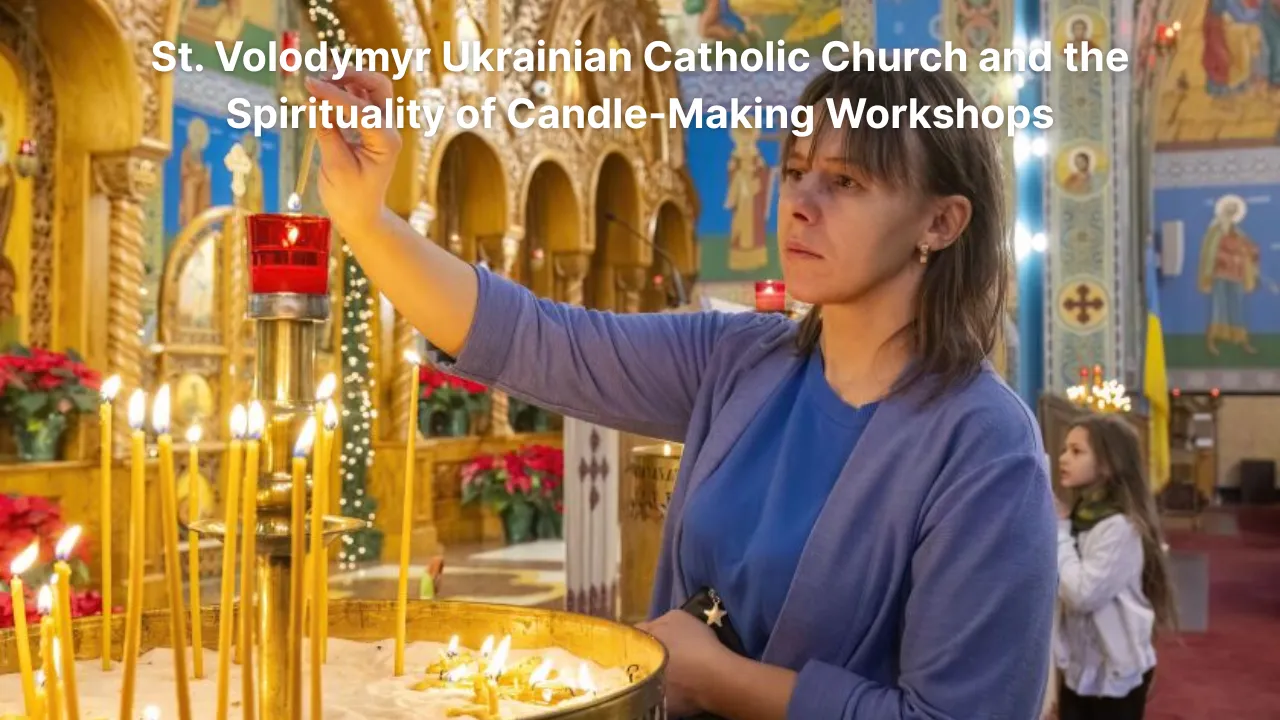Ukrainian folktales have long been an essential part of Ukrainian identity, weaving deep moral and spiritual messages into vibrant narratives that entertain and educate. At St. Volodymyr Ukrainian Catholic Church, these stories do more than reflect culture—they serve as meaningful tools for spiritual teaching, connecting generations through faith and storytelling.
This article explores how Ukrainian folktales are used as educational tools in catechism classes and celebrated during family events. It presents how the church blends oral tradition with Christian values, enriching children’s understanding of morality and spirituality. We’ll uncover how these tales support faith formation, encourage dialogue between generations, and foster community rooted in shared values.
The Power of Ukrainian Folktales in Faith and Culture
The integration of Ukrainian folktales into the spiritual and cultural life of St. Volodymyr Ukrainian Catholic Church is intentional and powerful. These narratives are not mere entertainment—they are instruments of Christian wisdom, infused with traditional values and rich cultural heritage. In catechism classes and church events, these stories help children and families explore deep spiritual lessons through characters, challenges, and resolutions that reflect real-life struggles and faith-based responses. Whether teaching the importance of humility, compassion, or honesty, these tales make religious teachings accessible and memorable. They connect Ukrainian culture with the Gospel in a way that is engaging, emotionally resonant, and spiritually formative.
| Overview Table: Integration of Ukrainian Folktales at St. Volodymyr Church |
| Usage |
| Purpose |
| Key Themes |
| Audience |
| Benefits |
The Role of Ukrainian Folktales in Church Life
At St. Volodymyr Ukrainian Catholic Church, the role of Ukrainian folktales is far more than decorative. They are a crucial part of the Church’s broader mission of nurturing faith in young minds while reinforcing cultural identity. Priests and catechists often use these stories as part of religious instruction, blending them with teachings from the Bible. This method helps bridge the gap between complex spiritual ideas and the everyday experiences of children.
Through characters who face moral decisions, struggle with temptation, or demonstrate acts of mercy, these tales offer clear parallels to the values found in Christian scripture. It allows the Church to speak in a language that children and families understand—one that is personal, emotional, and deeply tied to their heritage.
Folktales in Catechism: Teaching Faith Through Stories
In catechism classes, Ukrainian folktales play an educational and pastoral role. Teaching children about Christian values such as honesty, forgiveness, and humility can be challenging using only doctrinal language. These folktales bring those teachings to life. A child may not easily grasp the concept of spiritual humility from a catechism manual, but they will understand it from a story about a humble peasant who is blessed by God.
Folktales such as “The Honest Man and the Golden Cross” or “The Wolf and the Saint” are often used to illustrate lessons on reward through virtue and the dangers of pride or greed. Teachers encourage students to reflect on what choices the characters made, how those choices align with Christian teachings, and how they can act similarly in their own lives. This approach invites active engagement, nurturing children’s spiritual growth through interaction rather than passive memorization.
Folktales at Family Events and Celebrations
Family events at the church are key moments when Ukrainian folktales are shared with joy and intention. Events like St. Nicholas Day, parish picnics, and Easter storytelling nights become platforms for communal storytelling. These gatherings are not only opportunities to celebrate faith but also to pass down cultural stories in their most authentic form—through spoken word and shared experience.
Storytellers, often elders of the church community, captivate young audiences while subtly reinforcing Christian values. Families listen together, reflect, and later discuss the morals embedded in the tales. This reinforces intergenerational learning and reminds parishioners that their spiritual education doesn’t stop at childhood. These tales offer meaning for every stage of life, and by engaging the whole family, they nurture both faith and community.
Why Ukrainian Folktales Are Powerful Teaching Tools
One reason Ukrainian folktales are so effective is because they combine narrative power with emotional resonance. Stories are a universal learning tool, especially for children. When you place a spiritual or moral truth inside a tale, it’s more likely to be understood, remembered, and repeated.
In the context of catechism, storytelling becomes more than entertainment—it becomes catechesis. Children are more open to thinking deeply when they hear about characters that mirror their own experiences. A young girl can see herself in a folktale heroine who chooses honesty over personal gain. A boy might identify with a clever character who chooses peace over revenge. These subtle lessons shape not only their understanding but their identity as Christian members of a larger, faithful community.
Two Key Ways Folktales Help in Religious Learning
- Building Moral Understanding:
The stories clearly present right and wrong through consequences that make sense to young minds. They internalize moral lessons not through lecture, but through emotional connection. - Creating Cultural Connection:
Every tale reinforces pride in Ukrainian heritage while showing how cultural values overlap with universal Christian principles. This makes faith feel familiar and personal.
Connection to Biblical Teachings
The themes of Ukrainian folktales naturally echo many Biblical truths. A story about a poor man sharing his bread despite hunger can be directly linked to the Gospel’s message of generosity. A tale about resisting temptation reflects Christ’s trials in the desert. Catechists at St. Volodymyr Church often draw these parallels in class, helping children connect scripture to stories and stories to life.
This dual-approach—cultural and scriptural—strengthens children’s ability to live out their faith in daily life. It also demonstrates that the Church values and incorporates cultural expression in its teaching, which is key to long-lasting faith development.
Keeping the Tradition Alive
To keep this storytelling tradition alive, the church organizes regular programs like storytelling contests, folk festivals, and even publishing projects led by the youth. These initiatives not only promote creativity but also reinforce key teachings. Parents are also invited to participate in reading sessions or to retell their favorite childhood folktales during liturgical celebrations or home prayer.
This effort ensures that Ukrainian folktales remain a vibrant part of both religious education and family bonding. These stories are not locked in the past—they are living lessons still guiding and shaping new generations within the Church.
FAQs:
1. Why are Ukrainian folktales used in religious teaching?
Because they offer clear, memorable ways to teach Christian values like humility, kindness, and faith in God, especially to children.
2. Are these stories approved by the church?
Yes, they are selected for their alignment with Christian values and are used by catechists as effective tools for teaching spiritual lessons.
3. Can these folktales be used at home?
Absolutely. Many families use them during prayer time or bedtime as a way to strengthen moral lessons and connect with their heritage.
4. Do these stories replace the Bible in teaching?
No, they complement scripture by illustrating Biblical values in familiar and relatable ways, especially for young learners.
5. Are these stories appropriate for all ages?
Yes. While children may benefit most from them, their lessons are universal, offering wisdom for teens, adults, and elders alike.
Conclusion
Ukrainian folktales are more than stories told for amusement—they are deeply rooted spiritual lessons wrapped in cultural tradition. At St. Volodymyr Ukrainian Catholic Church, these tales are tools of transformation. They teach children what it means to live a life of faith, help parents pass on their values, and offer the entire community a shared language of morality and meaning.
By embracing storytelling as a form of catechesis and celebration, the church ensures that its teachings are not only understood but felt, lived, and passed down. These folktales, rich in symbolism and grace, continue to shape hearts, minds, and souls—one story at a time.
If you have a favorite Ukrainian folktale or want to share how storytelling has shaped your faith journey, leave a comment or visit our church’s next family storytelling night. Faith begins with a story—start yours today.
